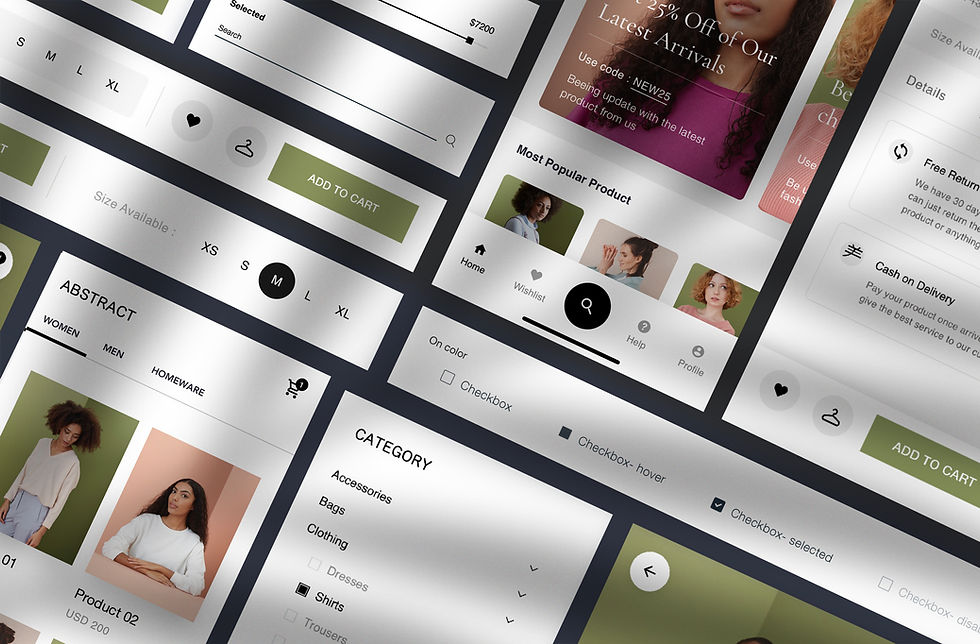Building a Better Web: Why Accessibility Matters
- Startup Digital

- Aug 28, 2024
- 2 min read
Updated: Mar 9
Digital spaces should be as accessible and efficient as they are beautiful, but too often, accessibility is overlooked.
Though the World Wide Web is just over 40 years old, it's evolving rapidly, and with that growth come new challenges, especially around inclusivity and understanding its digital footprint. Staying on top of these changes can feel overwhelming, but small, intentional choices in design and development can have a significant impact.
The first Web Content Accessibility Guidelines (WCAG) were published on May 5th, 1999. So why, after all these years, does ensuring accessibility still remain a challenge?
Part of the reason is that companies often prioritise cost and aesthetics over accessibility and functionality. But improving accessibility doesn’t have to mean compromising on design.
Accessible web design ensures that websites are usable by all, including people with disabilities and those from lower economic backgrounds. Key considerations include using readable fonts, ensuring sufficient colour contrast, structuring content for easy navigation, and following logical content hierarchies. There are also tools available to support these efforts, such as Coolors for colour accessibility and contrast checking, as well as accessibility wizards on some hosting platforms. Additionally, plugins can help automate compliance with accessibility guidelines, making it easier for businesses to implement best practices.
Sustainable web design minimises environmental impact while maximising efficiency and accessibility. By making a conscious effort to implement small changes, such as choosing a green host, image compression, efficient use of colour schemes, and reducing page load times, you can contribute to a more sustainable web. This approach goes beyond just aesthetics and functionality, prioritising energy efficiency, resource optimisation, and reducing unnecessary data usage.
In Europe, regulations are being introduced to ensure companies meet specific standards for sustainability and accessibility. For instance, the European Accessibility Act 2025 mandates that businesses trading in the EU provide accessible digital services, impacting both EU and UK companies.
Just as accessibility laws like the WCAG have become widespread, these sustainability regulations are setting new standards for businesses, ensuring that sustainable practices are integrated into web design and product development.
As we continue to adapt and to learn, implementing sustainable digital design and accessibility will be key. As designers, it will be our responsibility to help integrate these practices with other business needs.
If you're interested in learning more about this topic or want to see how you can start implementing these practices in your business, get in touch!
REFERENCES:
Tom Greenwood – Sustainable Web Design




Comments